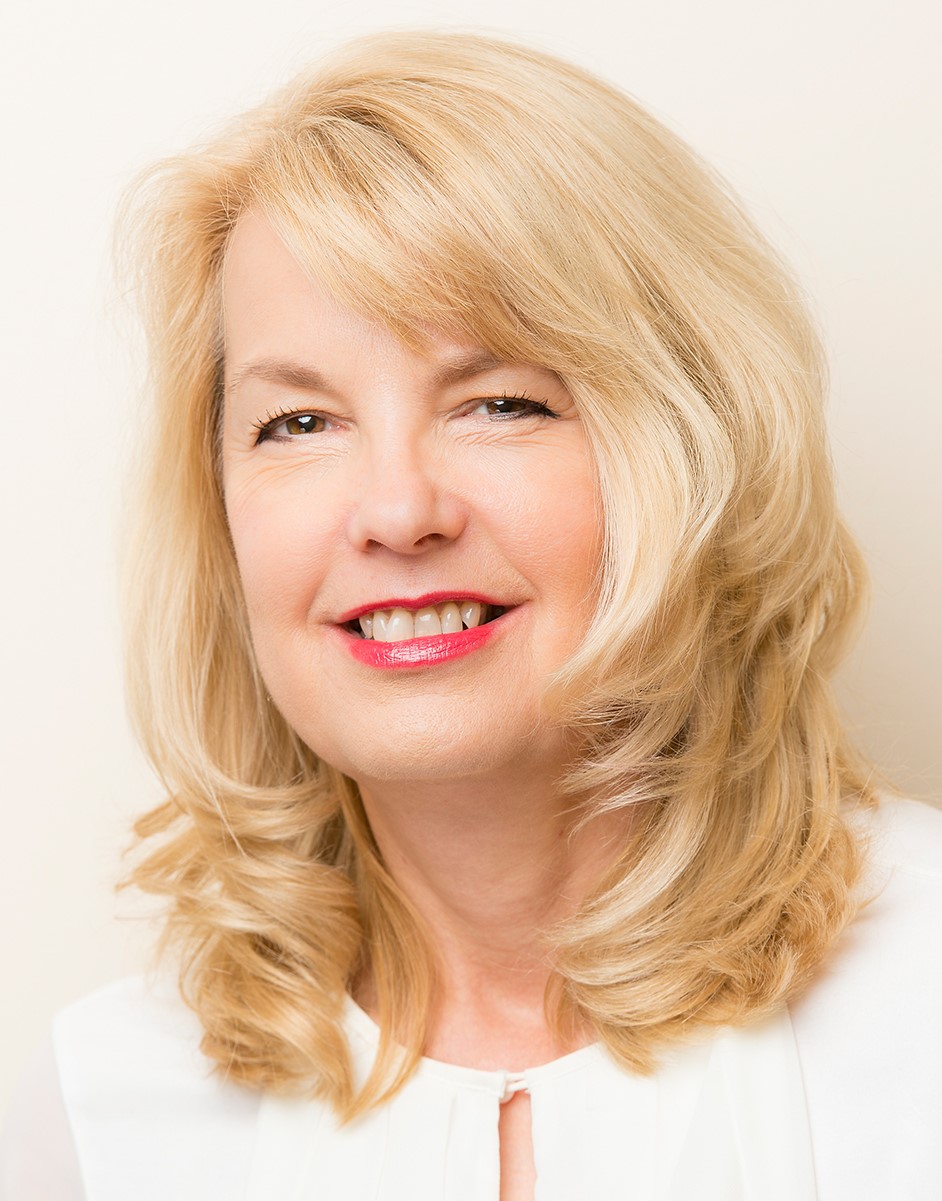The Integrated Care System journey so far: new provider collaboratives offer an opportunity to reset the dial
Louise Robson, Chief Executive Lead for Provider Collaboration across the North of England
 It is not so long since we operated in a world where NHS provider organisations were encouraged to compete with one another for business. Despite the considerable successes, the downside consequence of this was significant duplication and often gaps in provision. Many of us became frustrated by the existence of disincentives to genuine collaboration in the best interests of patients. Yet the collaborative response of trusts working together to deal with the unprecedented challenges of COVID-19 gave a tantalising glimpse of the potential achievements that could be realised by working at scale.
It is not so long since we operated in a world where NHS provider organisations were encouraged to compete with one another for business. Despite the considerable successes, the downside consequence of this was significant duplication and often gaps in provision. Many of us became frustrated by the existence of disincentives to genuine collaboration in the best interests of patients. Yet the collaborative response of trusts working together to deal with the unprecedented challenges of COVID-19 gave a tantalising glimpse of the potential achievements that could be realised by working at scale.
New provider collaboratives offer an opportunity to reset the dial. Integrated care systems (ICSs), now in place across the whole of England, are developing in the spirit of true collaboration between the NHS, local councils and voluntary organisations. Partnerships are coming together to provide the services that local people need in their communities. ICS guidance establishes that most NHS trusts should be involved in at least one provider collaborative to deliver benefits of scale and help to ensure more joint decision-making across systems.
As Chief Executive Lead for Provider Collaboration across the North of England, I am privileged to have worked with some of the country’s most talented chief executives, who are leading not only their own organisations, but also the provider collaboratives in their areas. Having established a CEO Reference Group at an early stage, this has been invaluable in helping to shape the development of national policy and in iterating the approach taken across the North to ensure relevance and a “reality check” at all times. This has been especially important while operational pressures have been so significant.
ICS footprints in the North of England are some of the largest in the country, covering populations from 1.5 million to 3.2 million. Seven ICSs are supported by 15 provider collaboratives, involving more than 70 trusts and foundation trusts. These provider collaboratives represent all points on a developmental continuum, from “emerging” to relatively “mature” and well established, with great potential to test new ways of supporting their development.
Understandably, there is variation in the composition, governance and development of each provider collaborative in the North, as they have come into being for different reasons, at different times and operate within different contexts. We are seeking to learn from the different development paths taken, to understand how we can best accelerate future development and share the learned experience from those organisations. For all, common factors such as the need for clarity of purpose; transparency; shared data and common goals; the importance of leadership with a collaborative mindset; and the time and effort taken to develop relationships and mutual trust cannot be overstated.
However, it is the fact that the approach is heavily relational that is most often commented upon. More focussed and bespoke support for provider collaboratives ready for accelerated development has been designed and delivered to consider behaviours and build relationships as well as processes.
Across the North of England, we are seeing many practical examples of this collaborative approach. For example, for the six NHS Trusts which form The West Yorkshire Association of Acute Trusts (WYAAT), the pandemic has served to demonstrate what makes provider collaboration work, and how working together is essential if NHS organisations are to survive and thrive. A dedicated Programme Management office of more than 20 staff, led by a WYAAT director, ensures the attention is on functions, not form.
Practical achievements within WYAAT include sustainable services such as vascular surgery, a single picture archiving and communication system (PACS) so any radiologist in West Yorkshire can see and report on any scan; and a single laboratory information system (LIMS) across the pathology network currently nearing completion. Because WYAAT is a partnership, and not an organisation in itself, changes are made by and with member trusts, not to them and for them.
In the same spirit, at the beginning of the pandemic, Lancashire and South Cumbria ICS formed a hospital cell where the four acute providers worked collaboratively, at times ceding decision-making to the cell for the delivery of the greater good of local communities. System working and mutual aid meant that hospitals shared critical care capacity, staff worked flexibly across organisations, and patients transferred across sites based on need and capacity.
This formed the foundations of the Lancashire and South Cumbria Provider Collaboration Board (PCB) with acute and mental health/learning disability/autism providers all working together for the benefit of local people. To help achieve their aspirations for integrated working, PCB has embarked on a systematic and inclusive development programme, engaging all trust boards and clinical transformation leaders to accelerate development.
After a decade of fiscal restraint, competition between providers is no longer a viable proposition. Providers are embracing the possibilities afforded by collaboration and are enthusiastic about the opportunity to combine resources where necessary to ensure that services are integrated and we make best possible use of our staff and other assets.
